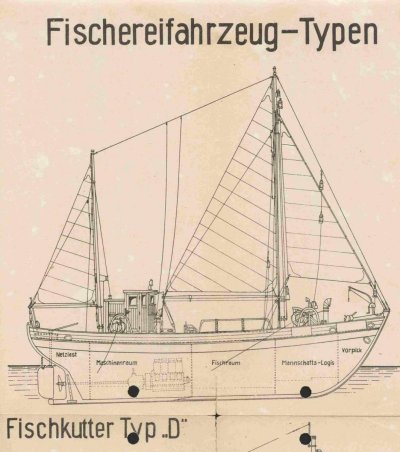The fact that a capable skipper like Kevin can take a Bayliner to Alaska speaks for the skipper and not the boat.
In my opinion this is the only statement that's relevant across the board here. To me a trawler is and always will be a boat that fishes using trawl gear: nets, spreaders, otter doors, etc.. Period.
I know all the marketing hype reasons why everything from a Grand Banks to a Sea Ray gets called a "trawler" and I don't buy into any of it. The production boats almost everyone on this forum have are simply cabin cruisers as far as I'm concerned. If Eric wants to call them "heavy cruisers" that's a fair description to.
Tom's statement applies to every type of boat on this forum. GBs and Great Harbors have gone to or from Hawaii on their own bottoms. They were stunts in each case,but they made it. Nordhavns have gone around the world without fanfare. The same model Nordhavns have spent most of their days sitting at a dock or putzing around local waters from marina to marina. We have met people with a 34' Bayliner who have made multiple five-month trips up the Inside Passage to SE Alaska and back. This in a boat some people feel is barely qualified to cross Puget Sound on a nice day.
So what's the determining factor in defining the capabilities of a boat? Sure, the design, construction, and quality will make a boat better suited for some uses than others. But rigidly limiting it? No. The operator is the defining factor.
Saying a Bayliner is of equal quality to a Fleming or a Nordhavn or a GB or an Eastbay is simply not true regardless of how much the Bayliner fan wishes or believes it is.
But saying a Bayliner or Sea Ray or high-rise Carver sundeck monstrosity is flat out not capable of doing this, that or the other thing is also not true. What it can or can't do is dependent almost entirely on the skill, judgement, and experience of the operator.
In that respect, a Bayliner or Mainship or GB or your-boat-here can do anything you are capable of making it do. It can give you a great voyage and it can also get you killed. But I firmly believe the outcome is in our hands, not the boat's.
Bottom line is that I believe a Bayliner is every bit as viable a purchase choice as a Grand Banks or a Nordhavn or a Mainship. The only thing that counts is what the boater wants to do and is capable of doing or learning to do.



![IMG_0152[1].jpg](/data/attachments/16/16523-8b1eafa48ae0f52a70f165a41ea67b75.jpg)
 way too much is made about gph, mpg, etc.
way too much is made about gph, mpg, etc. 